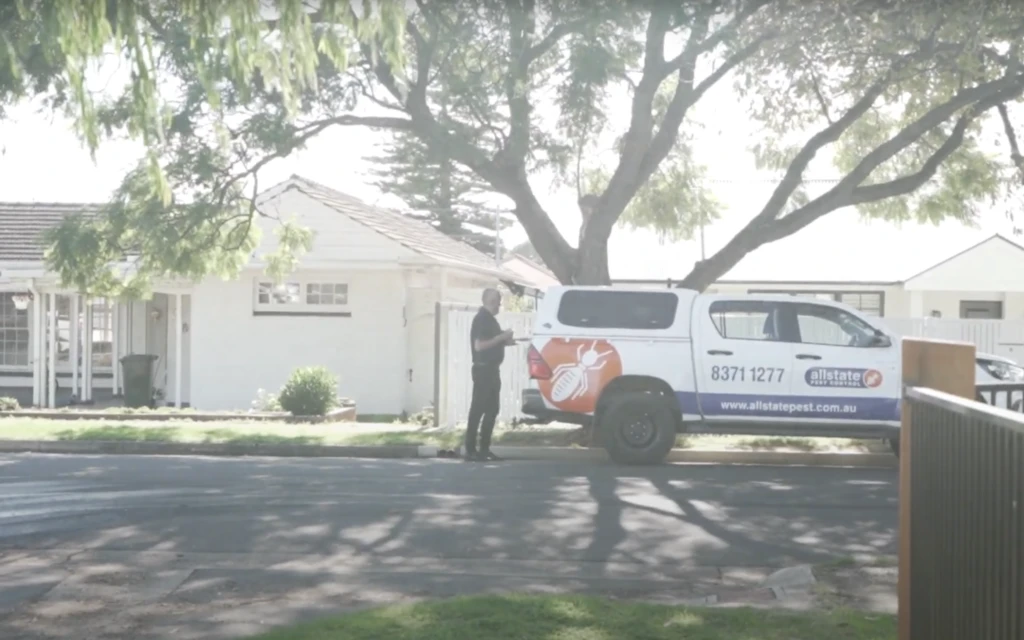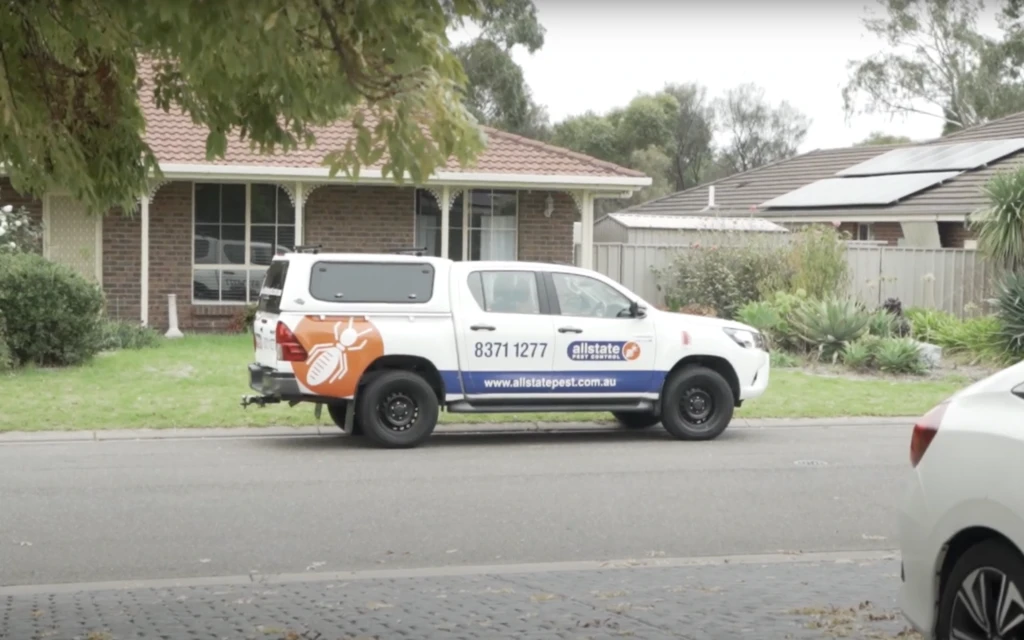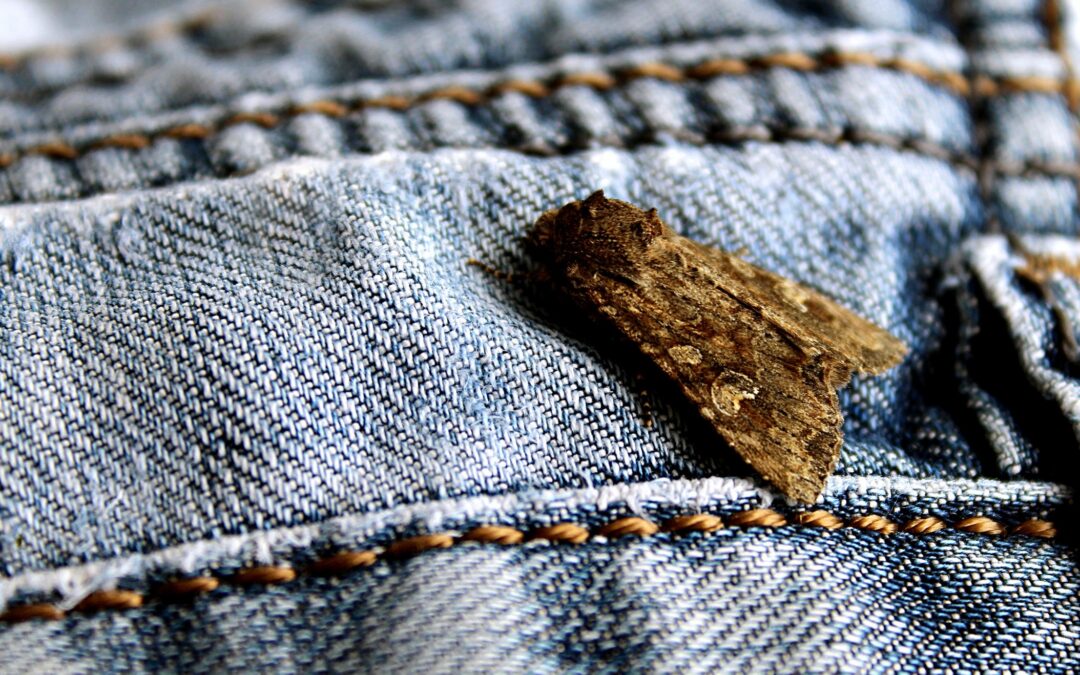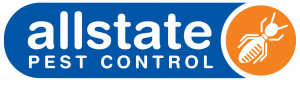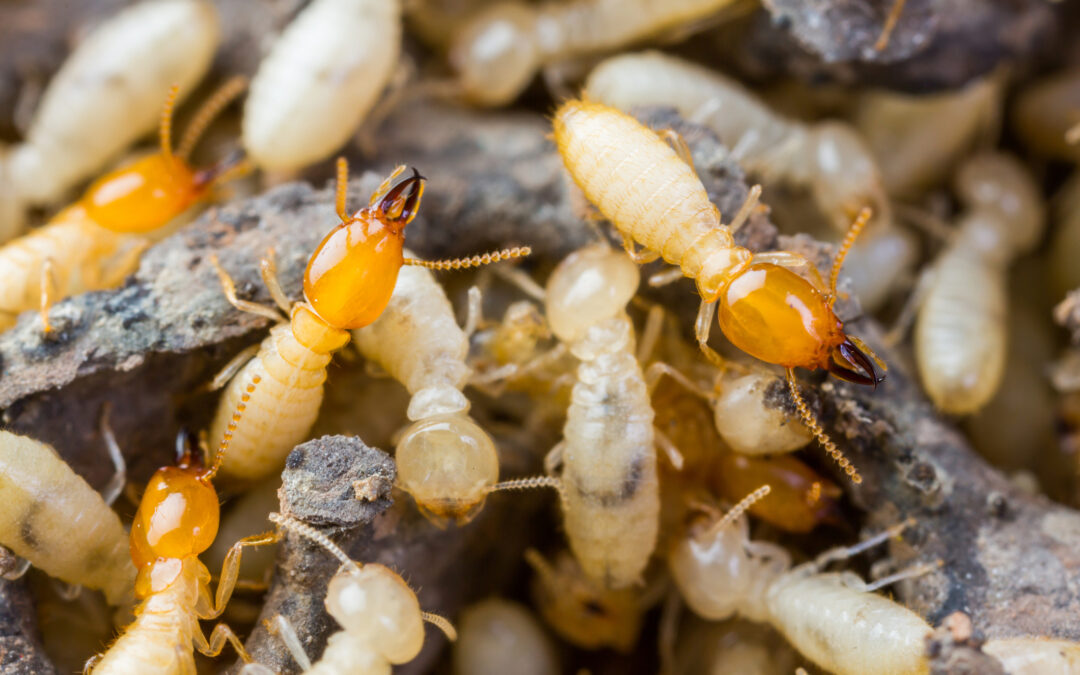
Are Termites Active in Autumn
ARE TERMITES ACTIVE IN AUTUMN?
Just because the weather is getting cooler, it doesn’t mean that active termites will just disappear. Like many other creepy crawlies, you’ll find that they thrive better in warmer conditions, but are still able to survive well in the cold. No matter the temperature, once termites have managed to make their way inside your home, they won’t stop causing thousands of dollars of damage that insurance won’t cover.
If you’re concerned about a potential termite outbreak, read on to learn more about termite behaviour in autumn and signs of an infestation
What questions will this article answer?
When are termites most active?
In many parts of the world, including Adelaide, termites are active all year round, no matter the season.
Termite activity through the seasons
It’s more common to see termites swarming and flying in summer, but this is just a visible sign that there are termites are nearby. In other seasons, there can still be many more hidden away underground and sheltering inside homes and businesses, silently causing destruction.
What are the signs of active termites?
If you notice these changes to your home or business premises, you could potentially have a termite outbreak.
Professional termite control
Due to the high risk of structural damage to your home or business premises, we recommend seeking professional assistance to prevente termites as fast as possible.
Choose Allstate for effective termite control this autumn
Our team is licensed, highly experienced and fully equipped to detect and treat termite outbreaks early. We’re available 24/7 for advice about termites. All our treatments are covered under warranty and can be paid off using an interest-free payment plan.
When are termites most active?
In many parts of the world, including Adelaide, termites are active all year round, no matter the season. The queen termite will continue laying eggs to help maintain the colony. While the ideal temperature for termite survival is 23-38 degrees Celsius, they also prefer areas with moisture.
Although it seems that termites prefer a warm, humid climate, and the weather can certainly affect the formation of new colonies, make no mistake – they can still be laying low nearby when the mercury drops.
Many species of termites have evolved to survive in winter, and others actively look for warm places to shelter, such as your home.
Once they’ve entered your foundations, walls and other cellulose-rich wooden structures, they will silently eat away at the wood, resulting in significant damage. At this point, no weather conditions will deter termites away from a feast of their favourite food.
Termite activity through the seasons
It’s more common to see termites swarming and flying in summer, but this is just a visible sign that there are termites are nearby. In other seasons, there can still be many more hidden away underground and sheltering inside homes and businesses silently causing destruction.
Here’s the pattern of behaviour that you should expect from termites throughout the year:
Spring
Spring time is when termites begin to pair off to mate, with each couple swarming or flying away or from the colony to start their own. The female termite will lay eggs inside a rotten tree stump or decaying wood.
Summer
As swarming continues, there also are many termites out and about foraging for food. While many worker termites die during this time, the secondary queen will lay more eggs to keep the colony populated. Damp wood termites are most commonly active during summer.
Winter
In winter, most termites will avoid the harsh elements and become less active in foraging for food. The queen termite will also lay less eggs during this time.
To escape the cold weather, many species of subterranean termites will dig deeper underground to seek warmth. Others will look for protection within your home.
Worried about termites?
Our friendly team is ready to help you now.
Termite activity in autumn
There are some dry wood termites, in particular subterranean termites, that prefer cooler weather. In fact, there is one species that is known to have active swarmers during the autumn months.
What are the signs of active termites?
Here are some ways to tell if you have termite activity in your home or business:
- Look for changes to walls, floors and ceilings, such as cracks, changes to the paint, sagging and blistering.
- Door frames may become warped and doors may be harder to open or close
- You notice mud tubes which are small brown coloured, elongated tunnels with an outer wall made from dirt, wood, debris and droppings
- You hear a hollow sound when tapping on termite-infested timber structures
- You see piles of swarmer or flying termite wings
- You experience frequent electricity interruptions due to termite activity interfering with wiring
Termite activity can be difficult to see until it’s too late without extra equipment and special training. For early detection, a professional termite inspection is the way to go.
Don’t wait ‘til it’s too late.
Book your termite inspection today.
Professional termite control
Due to the high risk of structural damage to your home or business, we recommend seeking professional assistance to prevente termites as fast as possible.
At Allstate, we’ll carry out a thorough inspection of your property before coming up with a treatment plan.
We normally use above ground and underground baiting systems to remove termites, depending the affected areas of your home.
For targeted treatments inside your home, we’ll normally use Premise, which is a non-repellent termiticide, placed in treatment zones. This product is safe for children, pets and the environment.
Our go-to underground baiting system is Sentricon Always Active, which is placed around the perimeter of your home, and in areas with high amounts of termite foraging.
Choose Allstate for effective termite control this autumn
As termites don’t stop being a pest in autumn, your home or business could still be at high risk of an outbreak. Fortunately, Allstate is here to help.
Family owned and local, with over 30 years’ experience in pest control and management, Allstate has provided services to homes and businesses in all types of settings across Adelaide.
Our team is licensed, highly experienced and fully equipped to detect and treat termite outbreaks early.
We understand that termite outbreaks can be stressful and disruptive, and that’s why we are available 24/7 for advice about any pest issue or concern that you may have.
All our treatments come with a 100% money-back, satisfaction warranty and are non-toxic towards children, pets and the environment. With interest-free pay plans available, you won’t need to delay any urgent termite inspection or treatment any futher.
Get long-lasting protection from termites with Allstate

